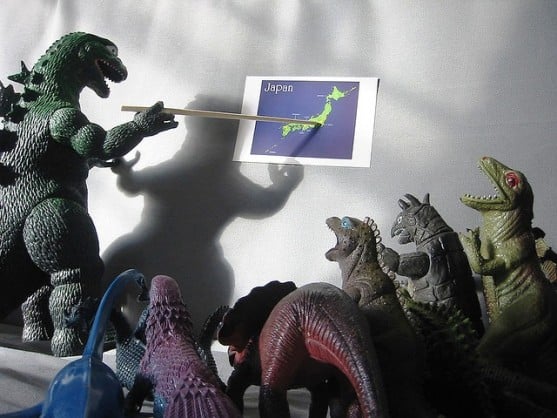The Brain As A Gambler And Conference Camouflaged Listeners
If we wanted to create an education environment that is directly opposed to what the brain is good at doing, we would design something like today’s conference lectures.
Listening to a 45-, 60- or 90-minute lecture floods the working memory with information. We can’t store everything we hear in our memory.
The Brain As A Gambling Winner
So, how can the brain’s memory know what we’ll need to remember later?
If the brain gambled, it would lay its bets like this: if you think about something carefully, you will probably have to think about it again, so it should be stored. And the brain typically wins its bets with what is stored.
Your Memory: A Product Of Thought
So your memory is not a product of what you try to remember. It’s a product of what you think about.
Memory is the deposit of thought.
And thinking is work!
Camouflaged Listeners
Listening to a lecture is not work because the brain doesn’t have to think. The brain can opt-out.
We’ve all become very skilled at looking like we are listening, when actually we aren’t. Many of us use selective listening with our spouses or kids. We look like we are paying attention but our minds are not even in the room.
This is especially true of a conference lecture. We become conference camouflaged listeners faking our attention. While everyone is sitting facing the front with their eyes forward, it does not mean they are listening. Or thinking. More than likely, they are thinking about something else.
Yet, lectures are the primary way conferences deliver information. And panels are nothing but multiplied monologues.
Incorporating Thinking Into Lectures
For material to be learned, to end up in the long-term memory, it must reside for some time in the working memory. The attendee must pay attention to it and pull meaning from it.
For conference education to be effective, speakers need to design presentations that will ensure attendees think about the meaning of the material.
Four Tips To Create Effective Lectures That Promote Thinking
One of the best ways to get attendees to think is to have them stop and discuss the concept being presented. Intersperse lecturing with peer discussion.
1. Help attendees think about meaning.
Ask attendee to think about the following: What is the meaning of the content being shared? How can they put it into practice? What is the result if they apply the information in their job?
2. Organize the presentation in a logical way so attendees will understand and remember it.
Start with the meaning and big picture first. Then move to the details. Tell the attendees what they should remember and why.
3. Stories are psychologically privileged so use them.
Psychologists say that the human mind is remarkably tuned to understand and remember stories. The stories’ meaning is treated differently in memory than other information. So include them in lectures and presentations.
4. Grab attendees’ attention early and often.
Boring lectures create bored attendees. Create content and visuals that will cause the brain to sit up and take notice. Use attention grabbers throughout the entire lecture, not just at the beginning.
Why are so many people willing to pay a fee and sit passively through a lecture without learning anything? How can we help attendees move from, “I don’t want to talk to anyone,” to “Ok, let’s discuss?”



[…] This post was mentioned on Twitter by Jeff Hurt and Tahira Endean, Cantrav Services Inc. Cantrav Services Inc said: RT @JeffHurt: The Brain As A Gambler And Conference Camouflaged Listeners #eventprofs #pcma http://bit.ly/hXYTiv […]